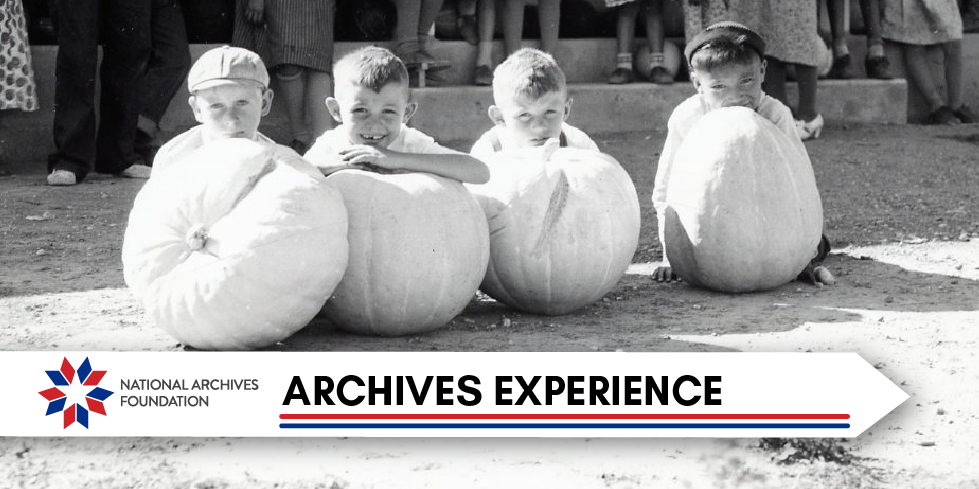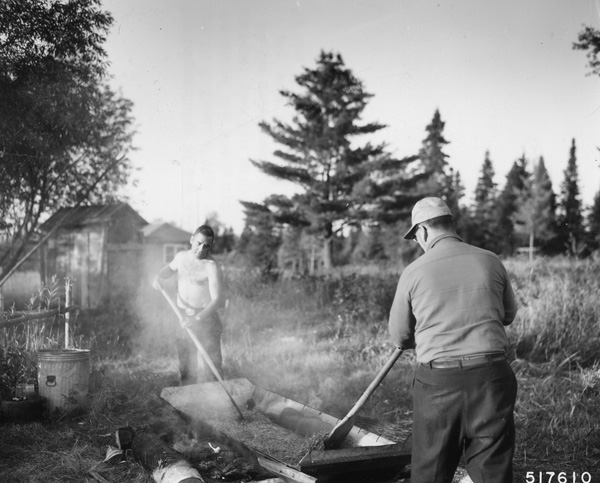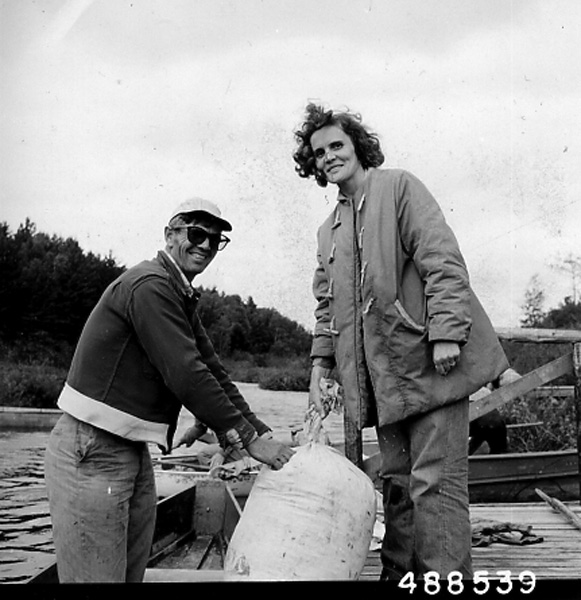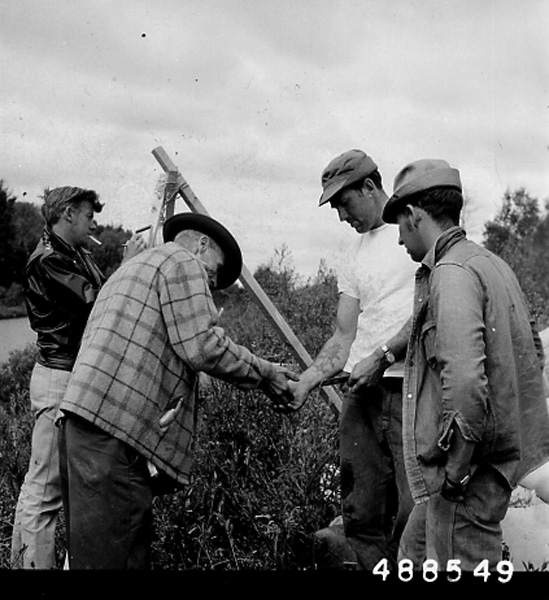Archives Experience Newsletter - November 21, 2023
American Staples
We’re just two days away from every foodie’s favorite holiday: Thanksgiving! Like with many holidays, the story of Thanksgiving isn’t without a little mythology–after all, it was seafood, not turkey, that made up the majority of that first feast in 1621. The colonists relied on Native Americans’ deep knowledge of local foods and farming techniques. And you may be surprised that today’s modern Thanksgiving plate includes many of those same foods. This week, we’re serving up a menu of records and recipes about foods indigenous to the Americas…
In this issue
History Snack
For centuries, Native Americans cultivated the plants they called the Three Sisters—maize (corn), common beans, and winter squash. They planted them in hills, so that as the corn grew up, it provided the beans a support that they could cling to as they rose out of the ground. The beans returned the favor by adding nitrogen to the soil around the corn’s roots, and the squash shaded the soil with their leaves, keeping the earth moist and weeds to a minimum. The process of domesticating the plants and learning how to plant them together most likely took place over a period of 5,000 to 6,500 years in North America.
Maize, also called corn, is a cereal grain that indigenous peoples in the Tehuacán Valley of central Mexico domesticated more than 10,000 years ago. It cannot grow without human intervention, but it is an extraordinarily versatile plant. Varieties can be grown for animal feed, for human consumption, for pressing into oil, for fermentation and distillation into alcoholic beverages, and for ethanol and biofuels.
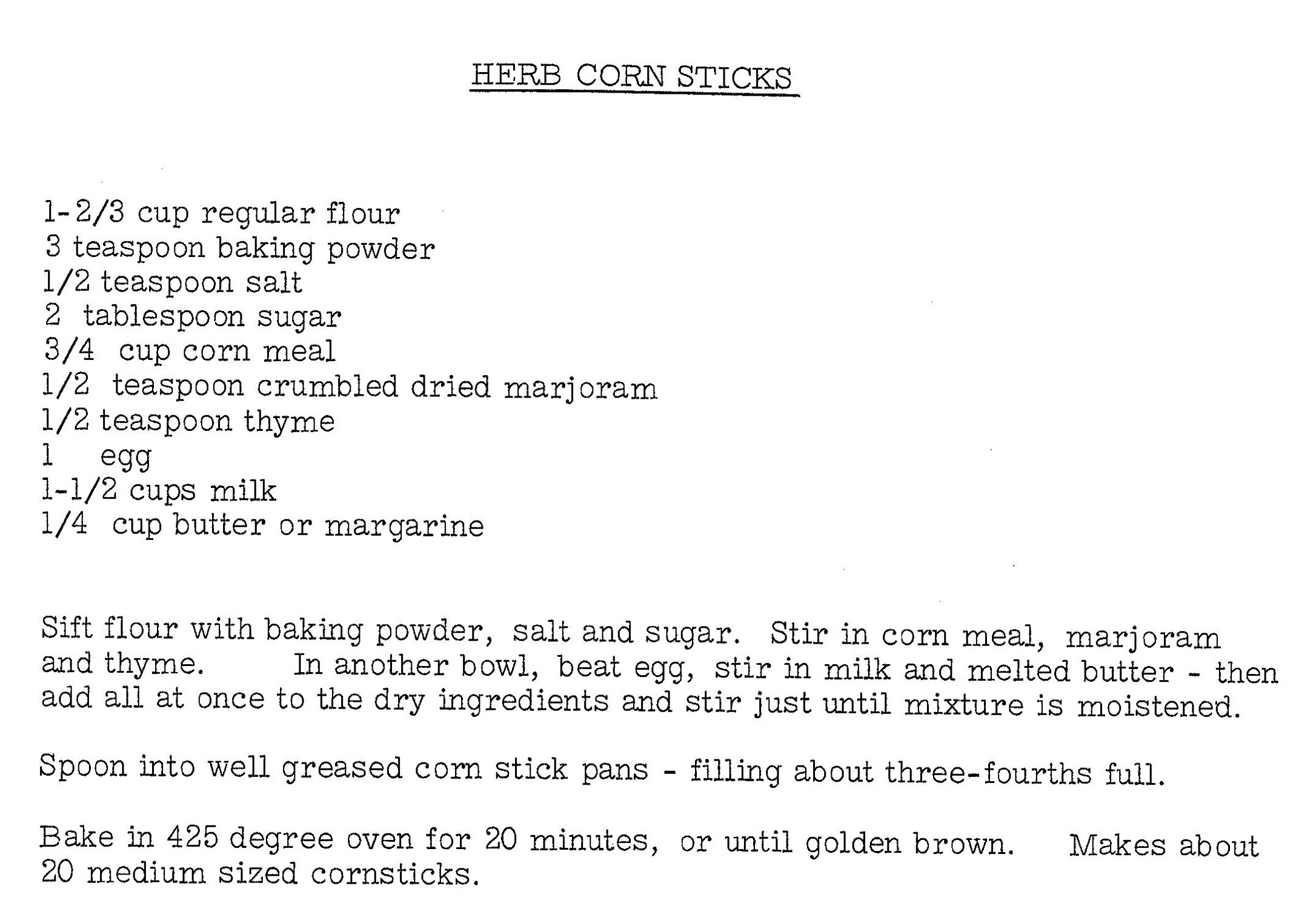
Carter Family Recipe: Herb Corn Sticks
National Archives Identifier: 6784181
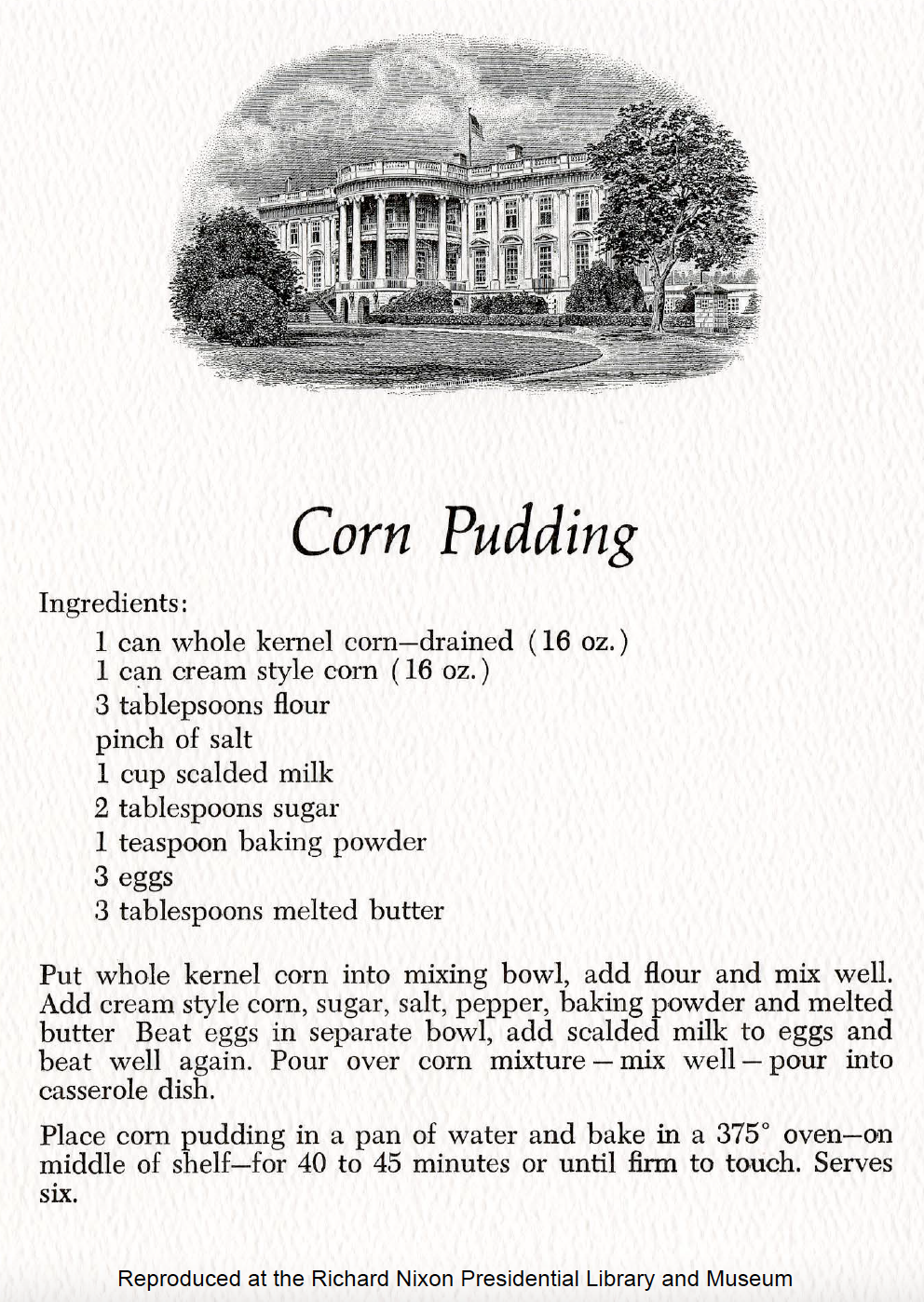
Nixon White House–corn pudding recipe
National Archives Identifier: 255220707

WWII food preservation–cornbread recipe
Source: NARA’s Unwritten Record blog

Increase corn production for the war poster
National Archives Identifier: 516297
Native to Mesoamerica and the Andes, squashes are members of a very big family of gourds. Five species are cultivated for their seeds and their flesh. Most grow on vines that can reach several feet long—as can the fruit themselves, as anyone who has grown zucchini in their gardens can attest.
Squashes are very nutritious, providing high doses of vitamins C and A. They are quite versatile in the kitchen as well, forming the foundation of breads, puddings, desserts, and soups. A winter squash that has been cultivated in Northeastern Mexico and what is now the Southwestern United States, pumpkin has nearly taken over the fall season, from pumpkin spice lattes to pumpkin pie to pumpkin decorations on the Thanksgiving table.
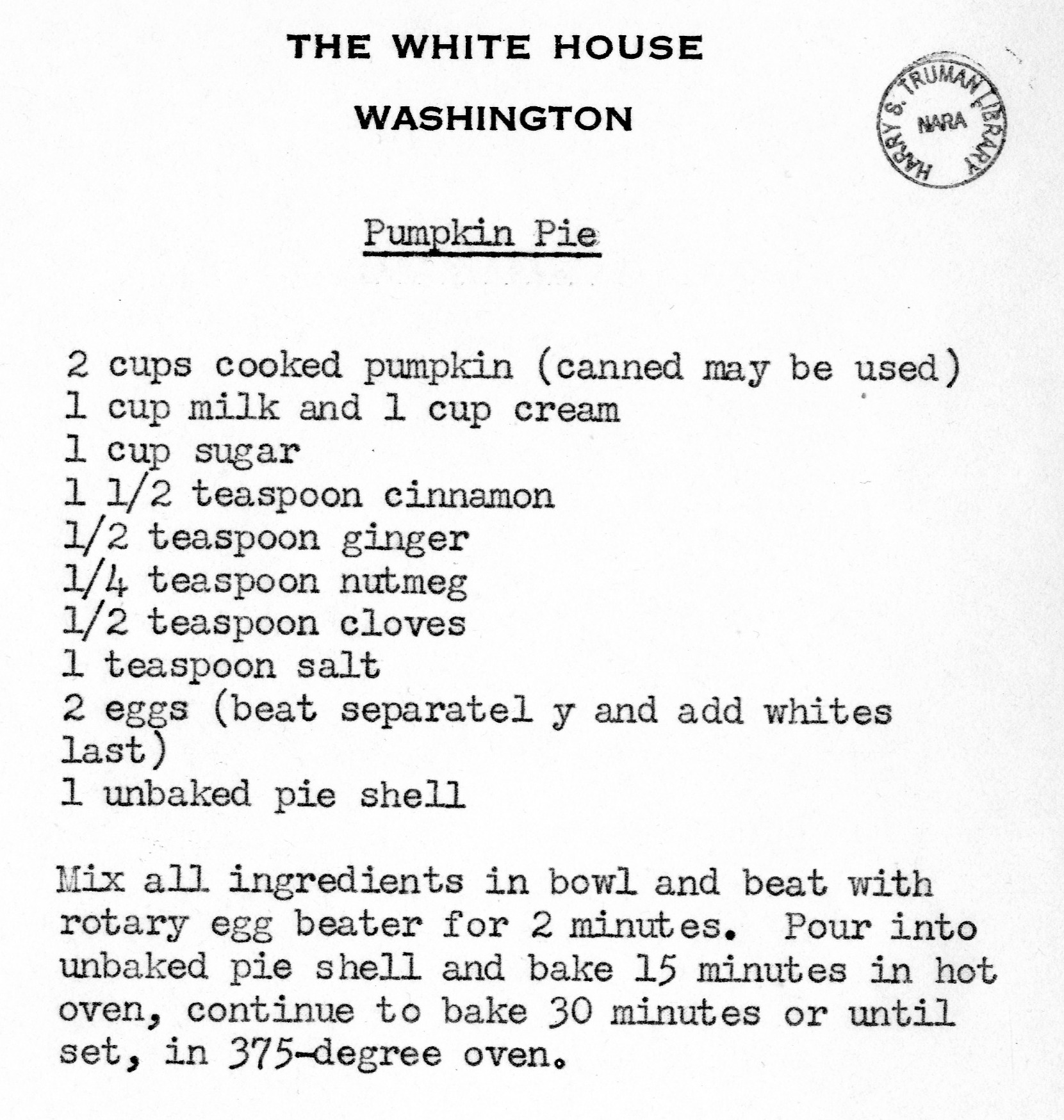
Bess Truman: pumpkin pie recipe
National Archives Identifier: 139308776
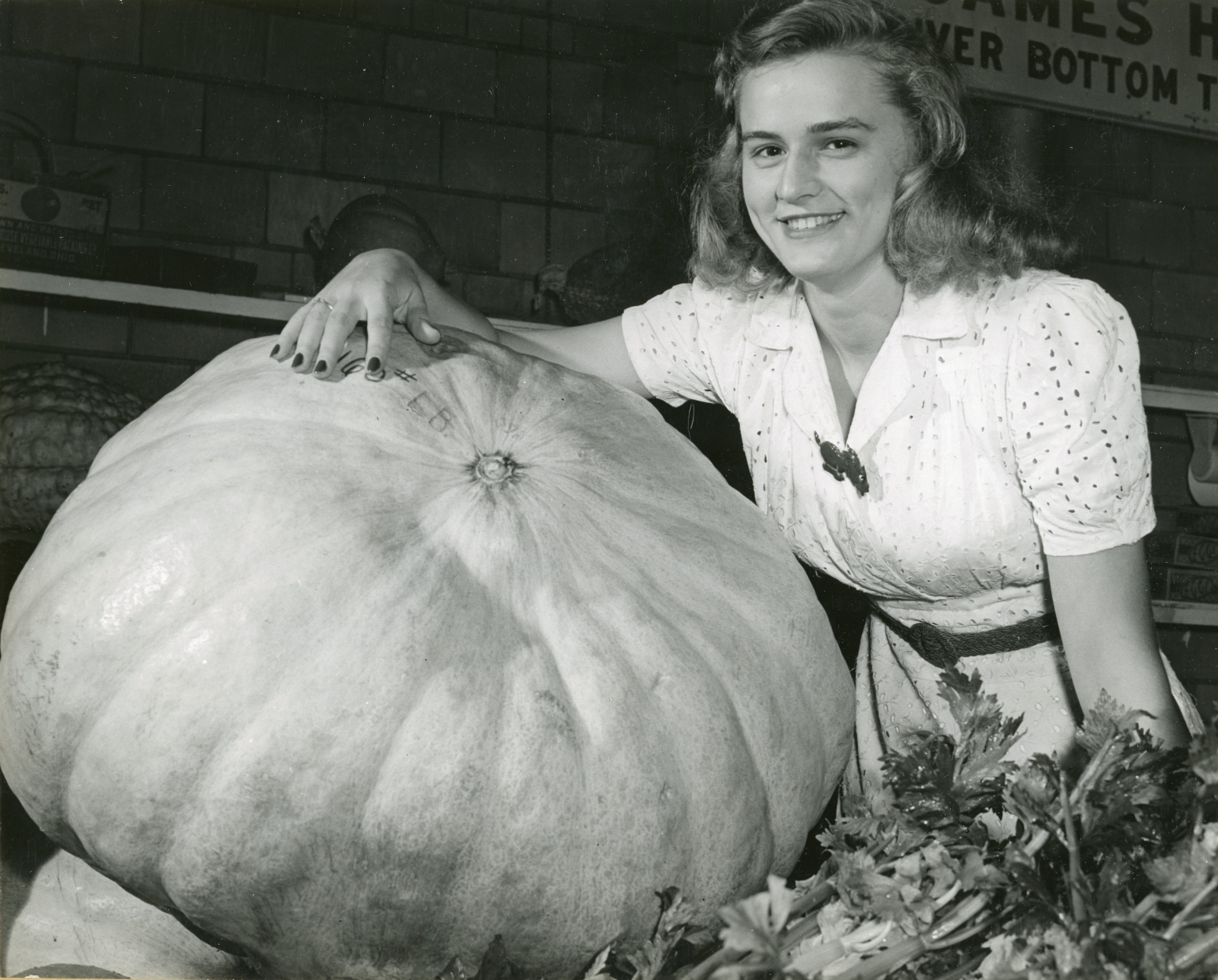
Marjorie Wheeland and a 168 pound pumpkin
National Archives Identifier: 100310895
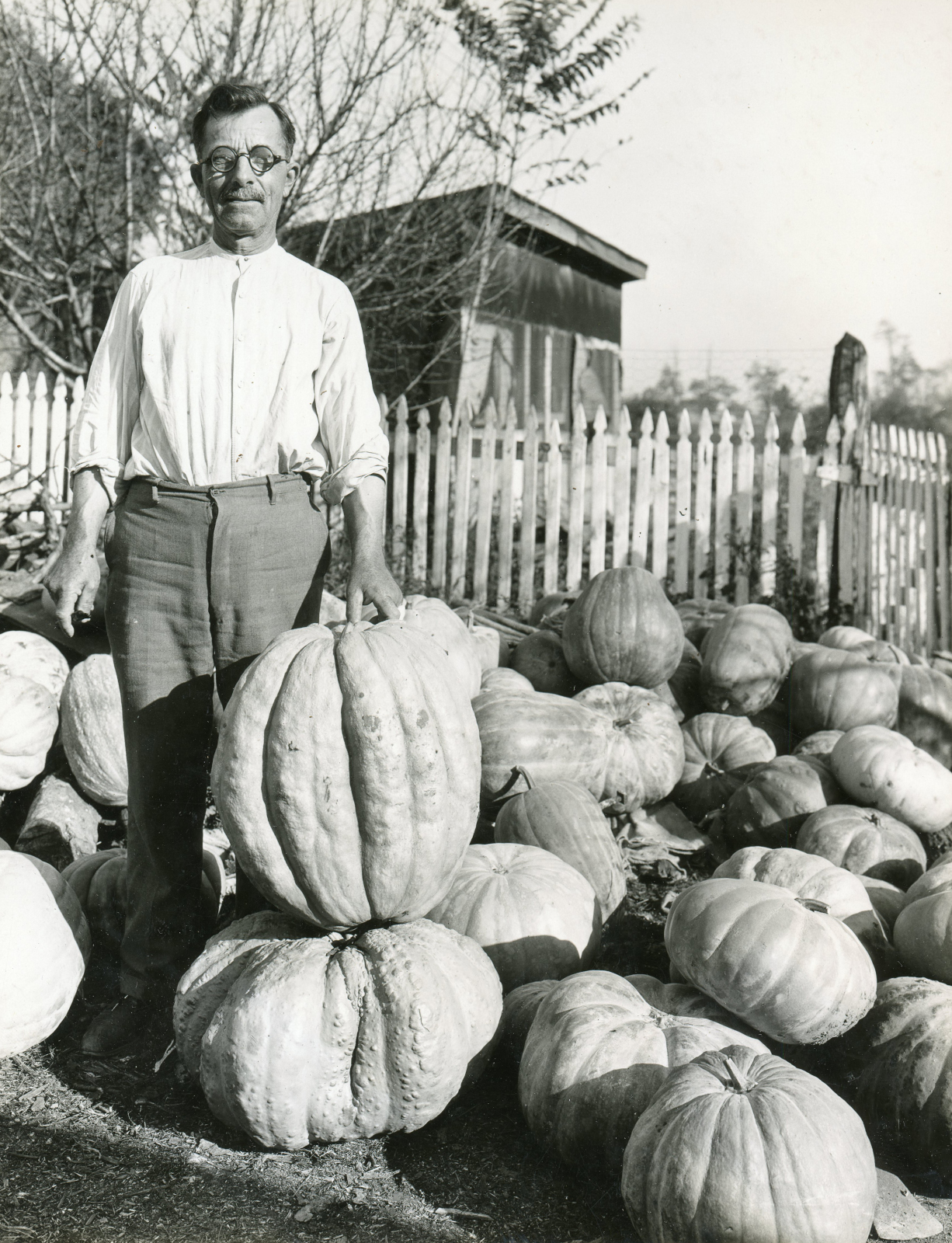
Champion pumpkin grower in Frederick County, Maryland
National Archives Identifier: 100310897
The common bean (P. vulgaris) is the “sister” that has been cultivated the longest by indigenous peoples in the Americas. They can be either bush or climbing varieties, with green or purple leaves two to six inches long and one to four inches wide. The flowers may be pink, purple, or white and yield pods containing four to six kidney-shaped seeds each.

Plant more beans WWII poster
National Archives Identifier: 515179
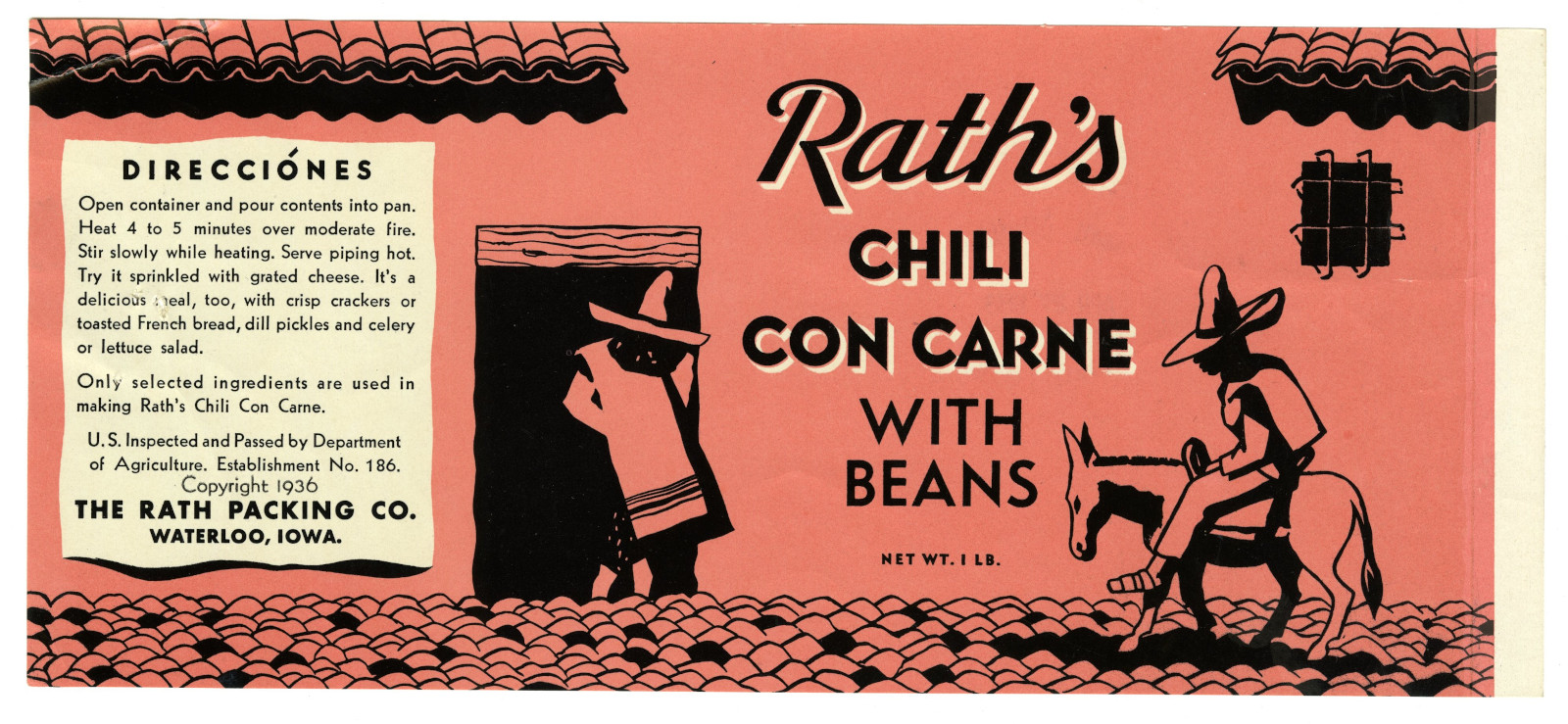
The Rath Packing Company’s chili con carne with beans
National Archives Identifier: 19078199
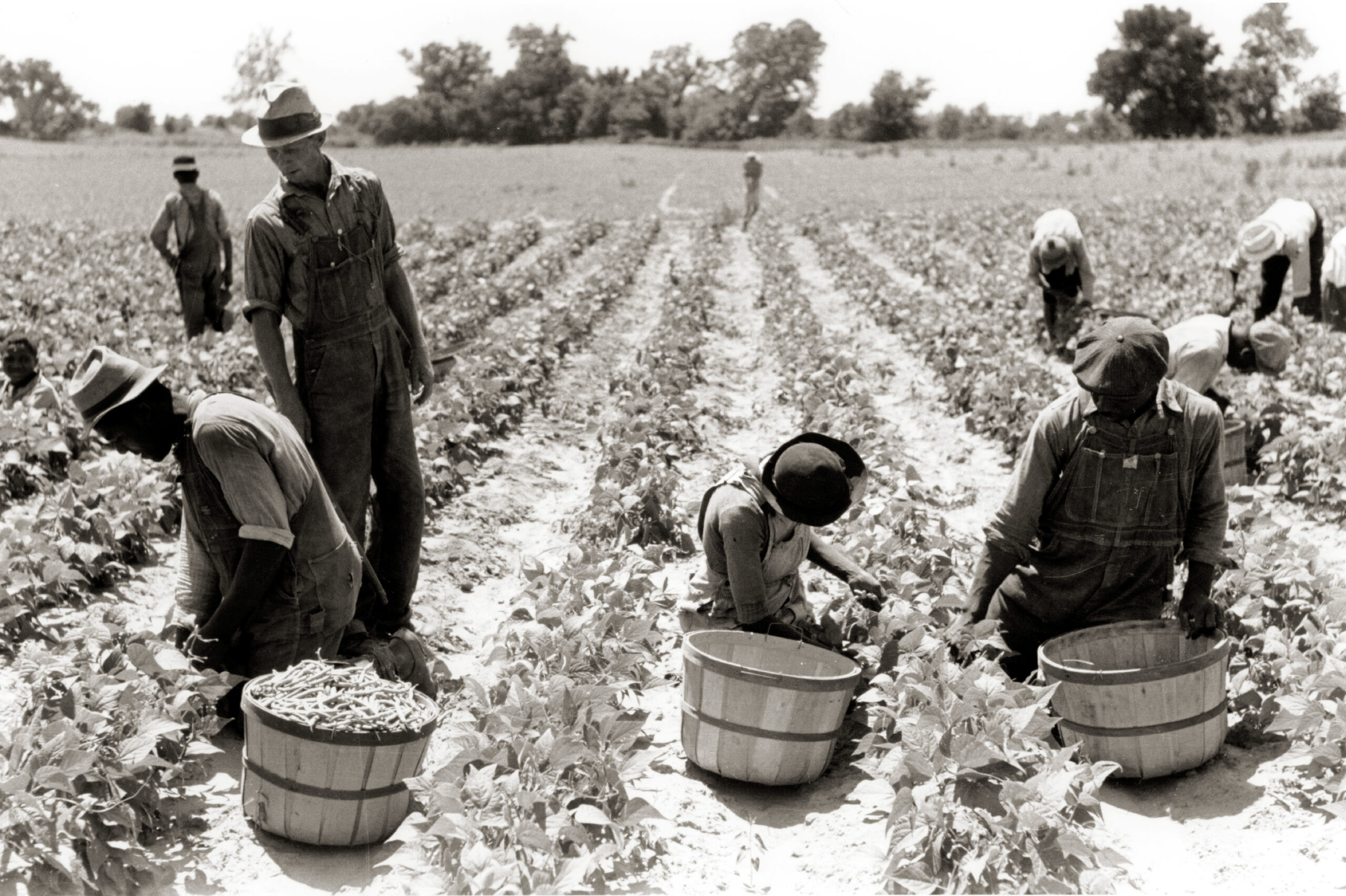
Picking string beans
National Archives Identifier: 148741947
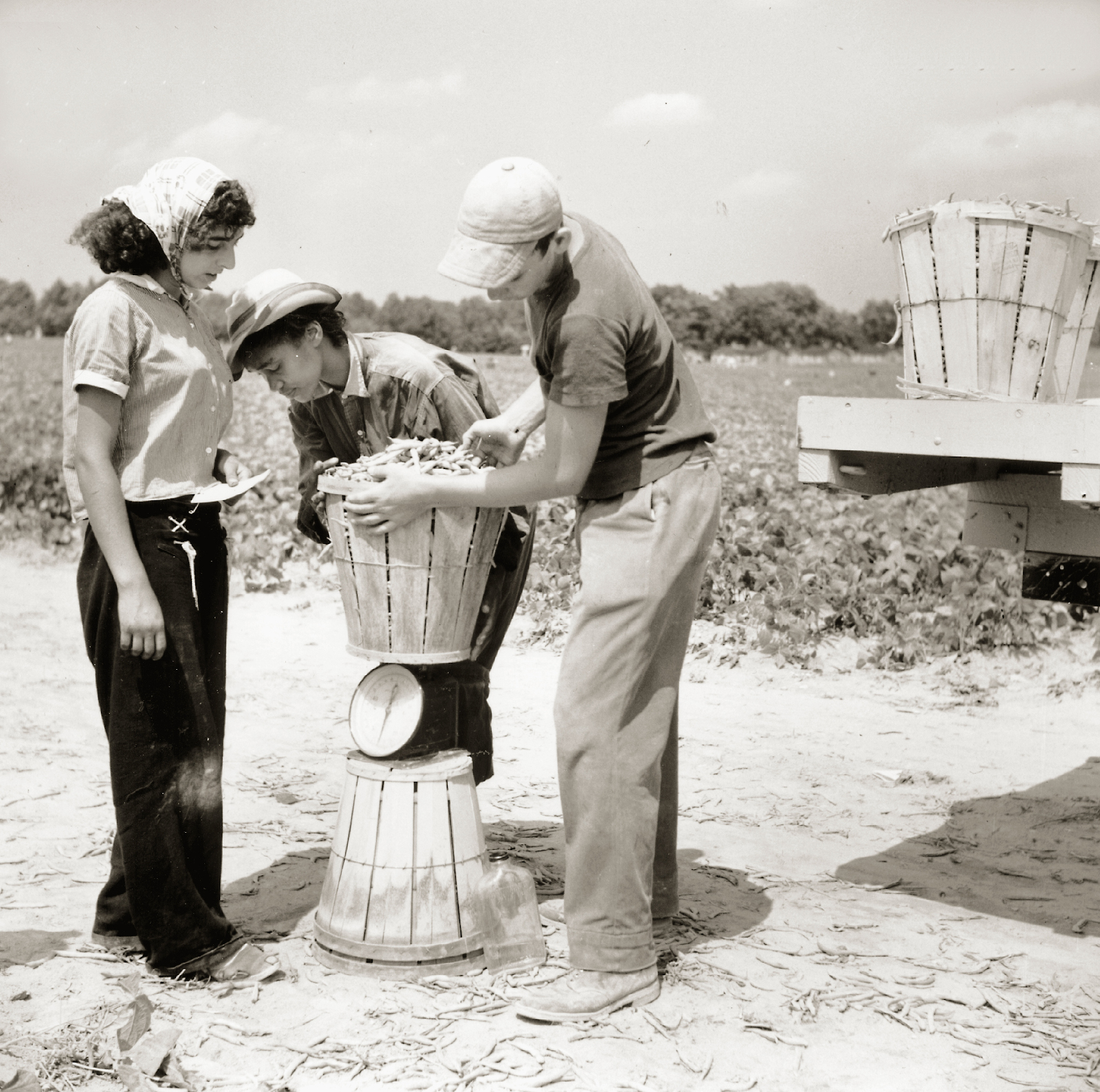
Migrant workers pick and weigh beans
National Archives Identifier: 148742225
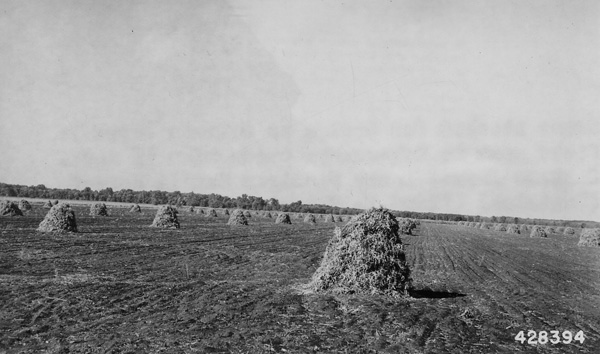
Beans stacked for drying
National Archives Identifier: 2129525
The avocado (Persea americana) comes from south-central Mexico and Guatemala, where it was domesticated more than 5,000 years ago. The oily fruit is buttery, smooth, and green when it’s ripe. It’s prized the world over for its rich taste, lovely texture, and nutrient density.
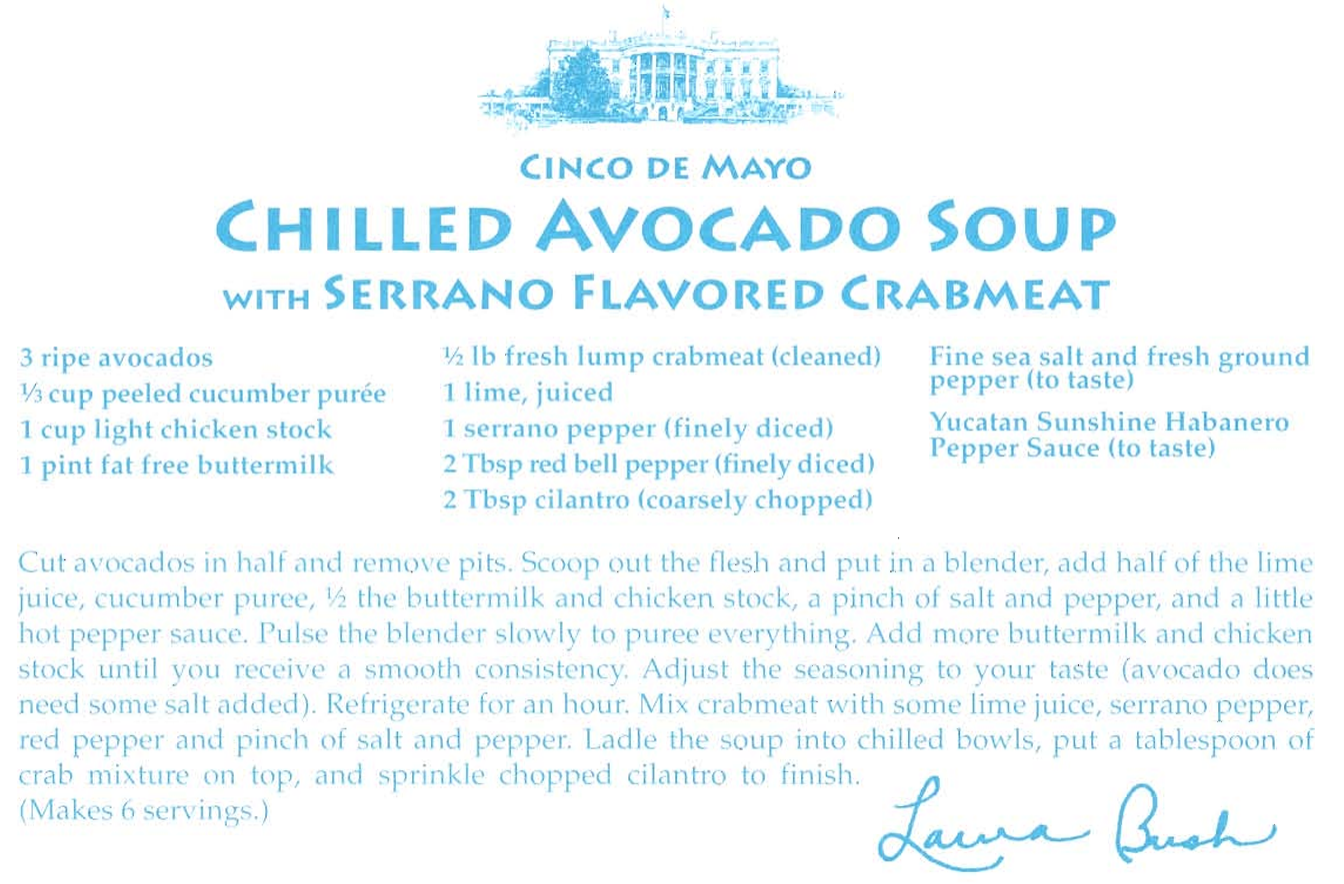
Laura Bush–chilled avocado soup
Source: G.W. Bush Library
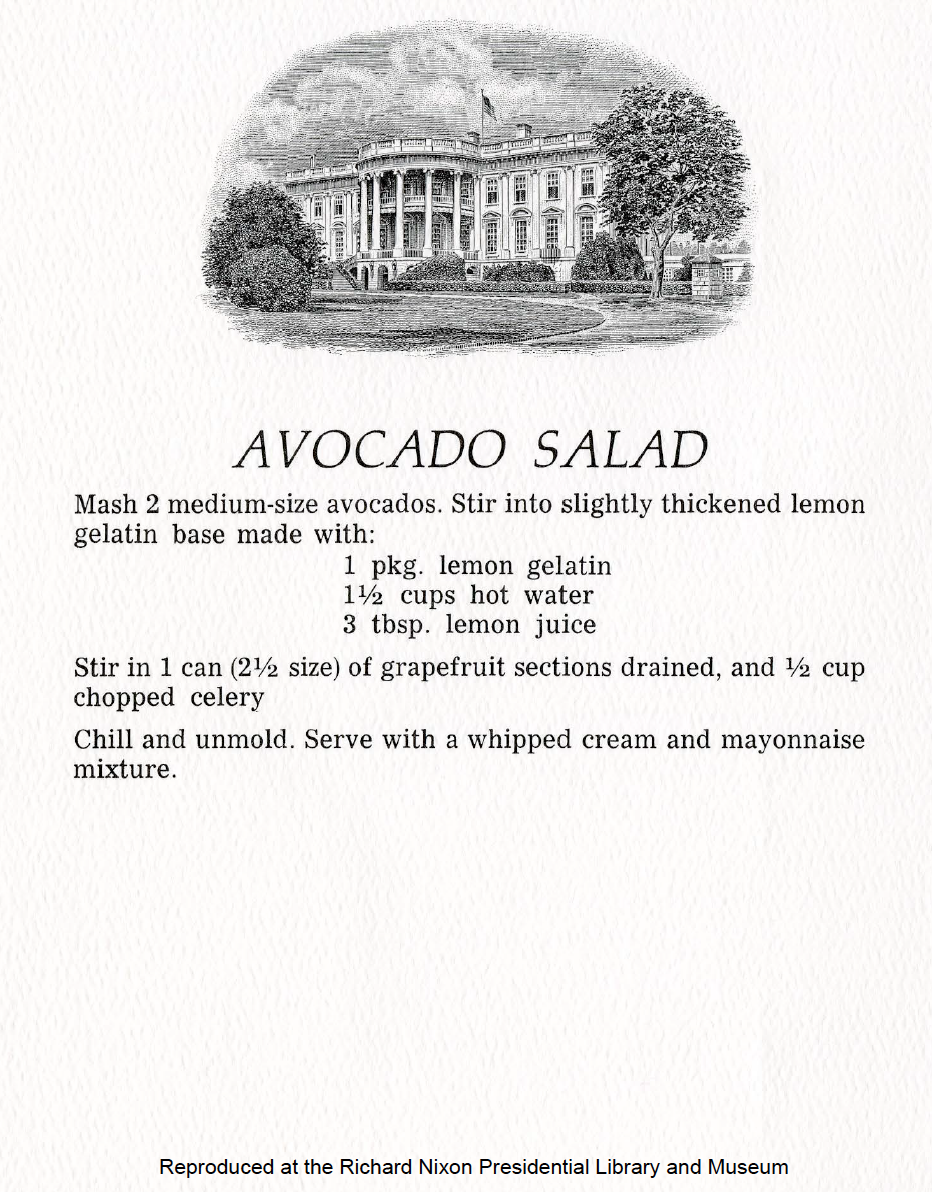
Nixon White House–avocado salad
National Archives Identifier: 255220698
The sweet potato is a large, starchy tuberous root that is native to the tropical regions of the Americas. It belongs to the morning glory family. Although it is often called a “yam,” it is not truly a member of that family. Sweet potatoes are cooked and served as a vegetable or in pies and puddings as desserts.

Harry Truman’s 1947 Thanksgiving dinner
Source: NARA’s Prologue Magazine
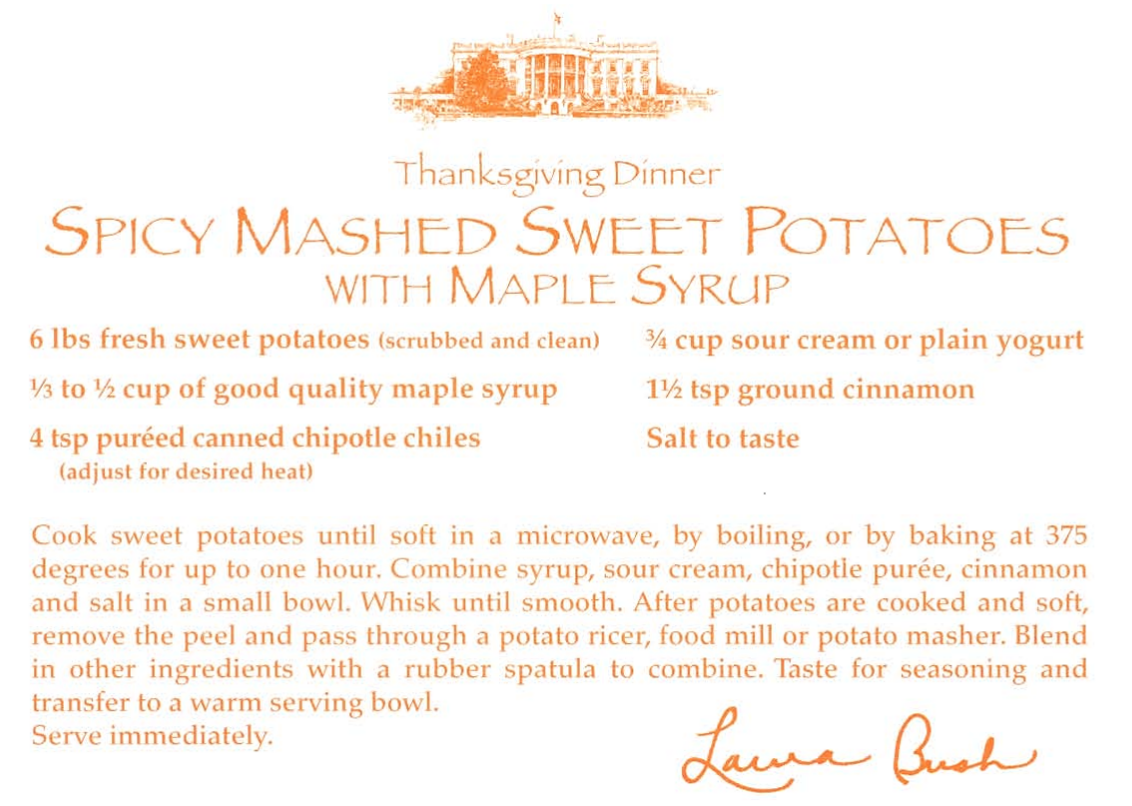
Laura Bush–spicy mashed sweet potatoes with maple syrup
Source: G.W. Bush Library

Michelle Obama harvests sweet potatoes with school children
National Archives Identifier: 235145026
Tomatoes have become so ubiquitous worldwide that it’s hard to remember that they, too, are native to Mexico and Central and western South America. What would Italian cooking be without tomatoes? Yet the Aztecs were cooking tomatoes long before the Spanish encountered them in the 15th century.
Tomatoes are not vegetables, but the fruit of the Solanum lycopersicum plant. They are packed with vitamin C, potassium, and antioxidants, and low in calories, making them nutritional powerhouses.

White House recipe–meatloaf with tomato sauce
National Archives Identifier: 6727894
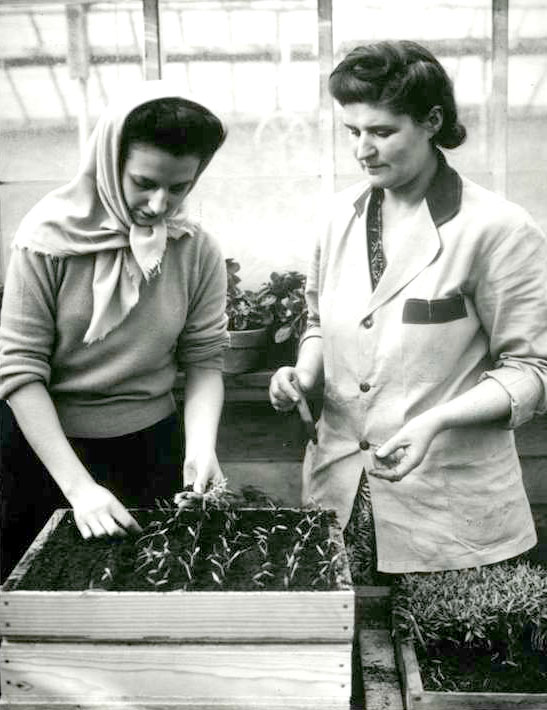
Transplanting tomato seeds–an important victory garden crop
Source: NARA’s Prologue Magazine

Giant Catsup bottle on Route 66
Source: NARA’s Prologue Magazine
Wild rice is the common name for four species of grasses that historically and are still gathered and eaten in North America, primarily by Native Americans. The grasses grow in shallow, fresh water. The name “wild rice” is a misnomer—the grain is not related to domesticated rice. It is chewy and has to be cooked much longer than regular white rice.
Finally, quite possibly the Western hemisphere’s most treasured gift to the world is chocolate, made from cacao, which the Olmec people of South America consumed since at least the 19th century BCE. The Aztecs and Maya also made chocolate drinks from cacao seeds. Chocolate is mainly used in desserts, but it is also used in some alcoholic beverages and in some savory dishes, such as mole, a traditional Mexican preparation.

Hershey’s chocolate label
National Archives Identifier: 18558595

Early American cooking customs
–chocolate powder
National Archives Identifier: 210384115

Early American cooking customs
–chocolate powder and other spices
National Archives Identifier: 210384107

Early American cooking customs
–cacao seeds
National Archives Identifier: 210384117





